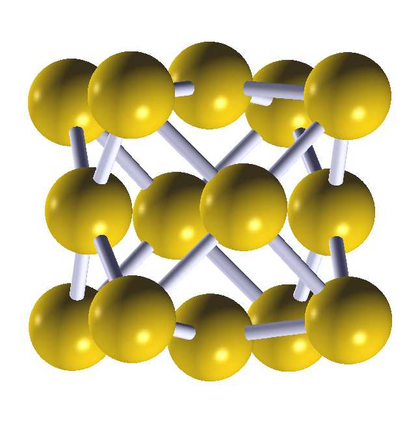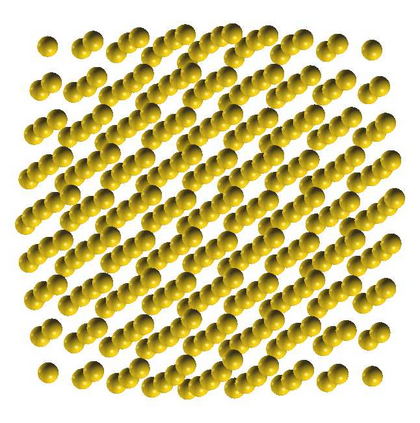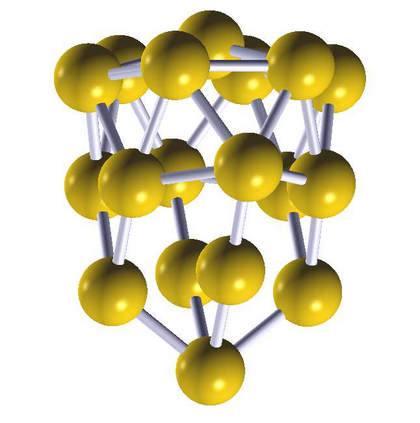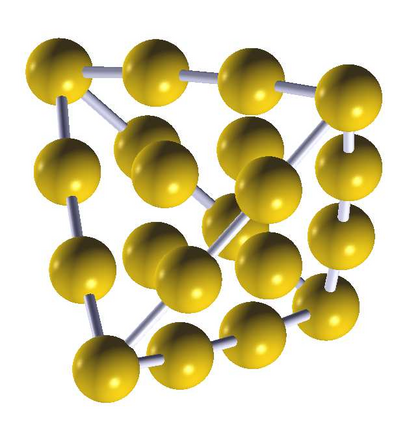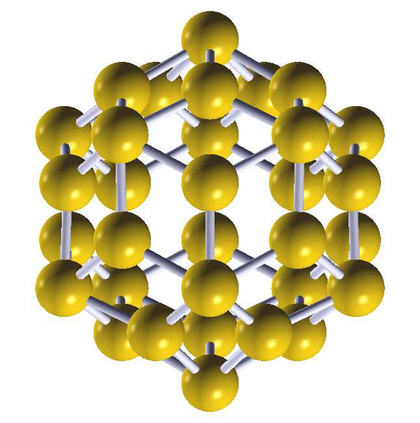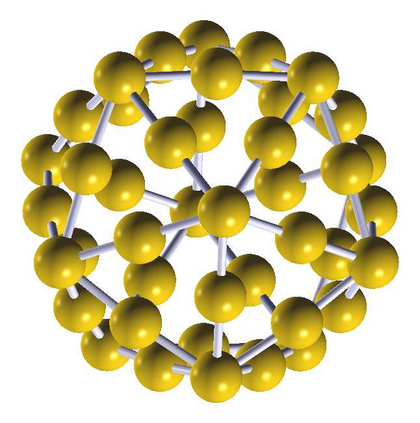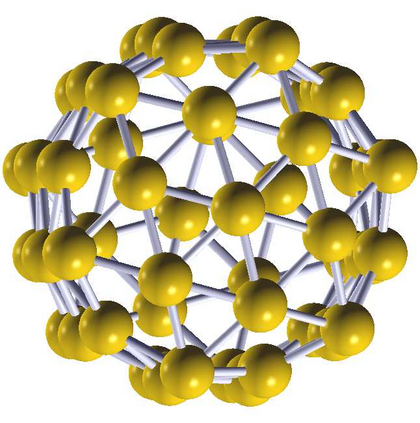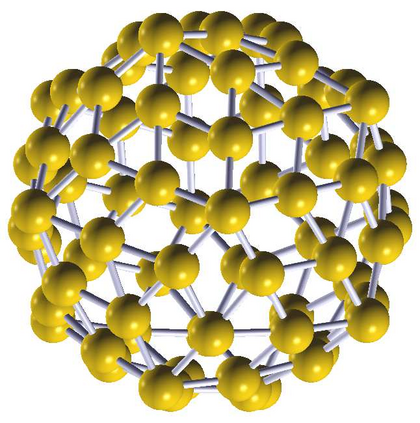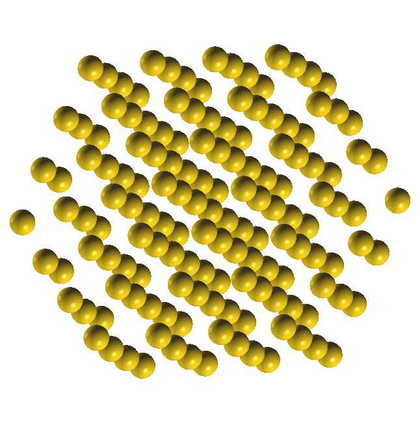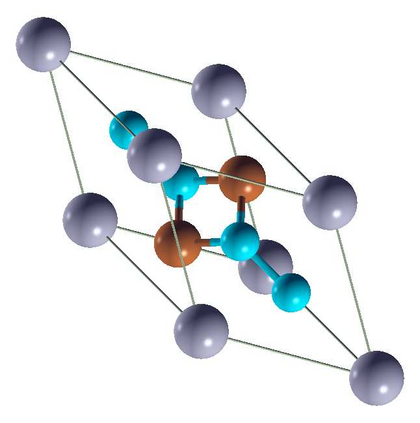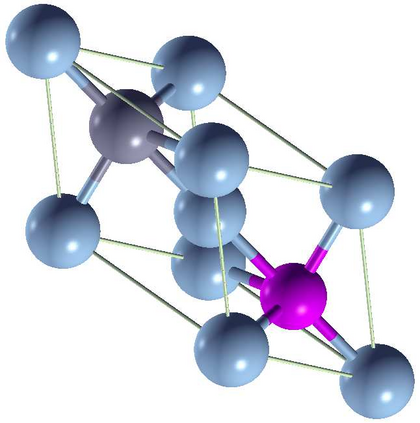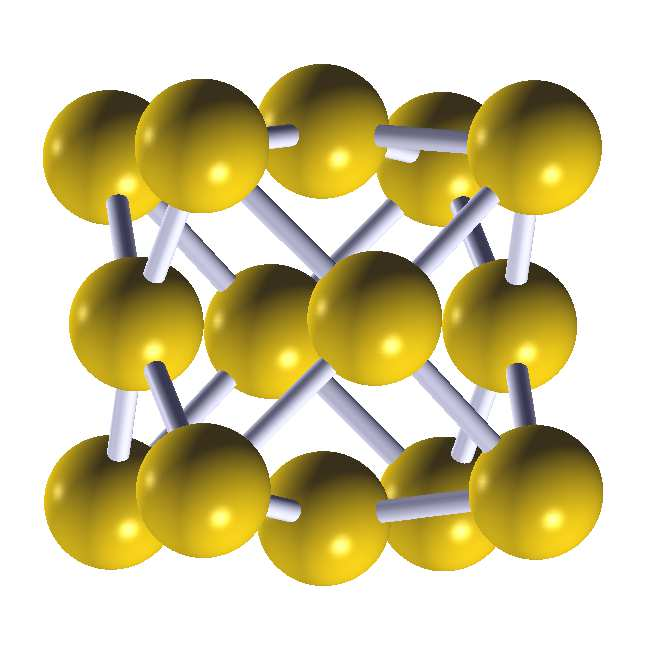In this paper, we investigate the energy minimization model of the ensemble Kohn-Sham density functional theory for metallic systems, in which a pseudo-eigenvalue matrix and a general smearing approach are involved. We study the invariance and the existence of the minimizer of the energy functional. We propose an adaptive double step size strategy and the corresponding preconditioned conjugate gradient methods for solving the energy minimization model. Under some mild but reasonable assumptions, we prove the global convergence of our algorithms. Numerical experiments show that our algorithms are efficient, especially for large scale metallic systems. In particular, our algorithms produce convergent numerical approximations for some metallic systems, for which the traditional self-consistent field iterations fail to converge.
翻译:在本文中,我们研究了金属系统混合Kohn-Sham密度功能理论的能量最小化模型,其中涉及假基因值矩阵和一般涂抹方法;我们研究了能源功能的变异和最小化因素的存在;我们提出了一个适应性的双步制战略和相应的解决能源最小化模型的先决条件性梯度方法;根据一些温和但合理的假设,我们证明了我们算法的全球趋同。数字实验表明,我们的算法是有效的,对于大型金属系统来说尤其如此。特别是,我们的算法为一些金属系统提供了趋同的数字近点,而传统的自成一体的实地迭代无法汇合。

